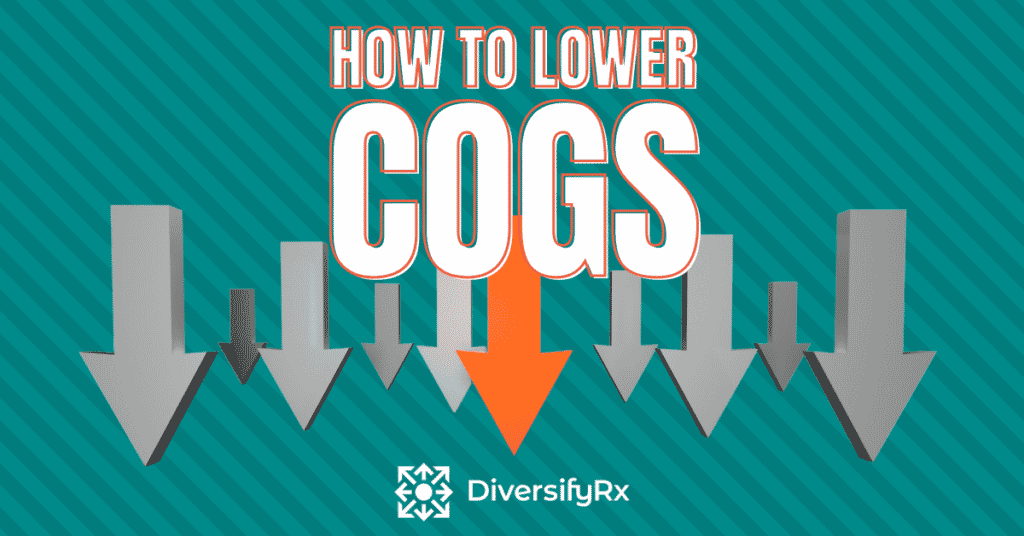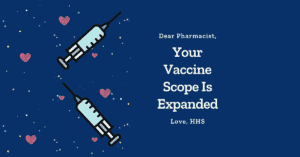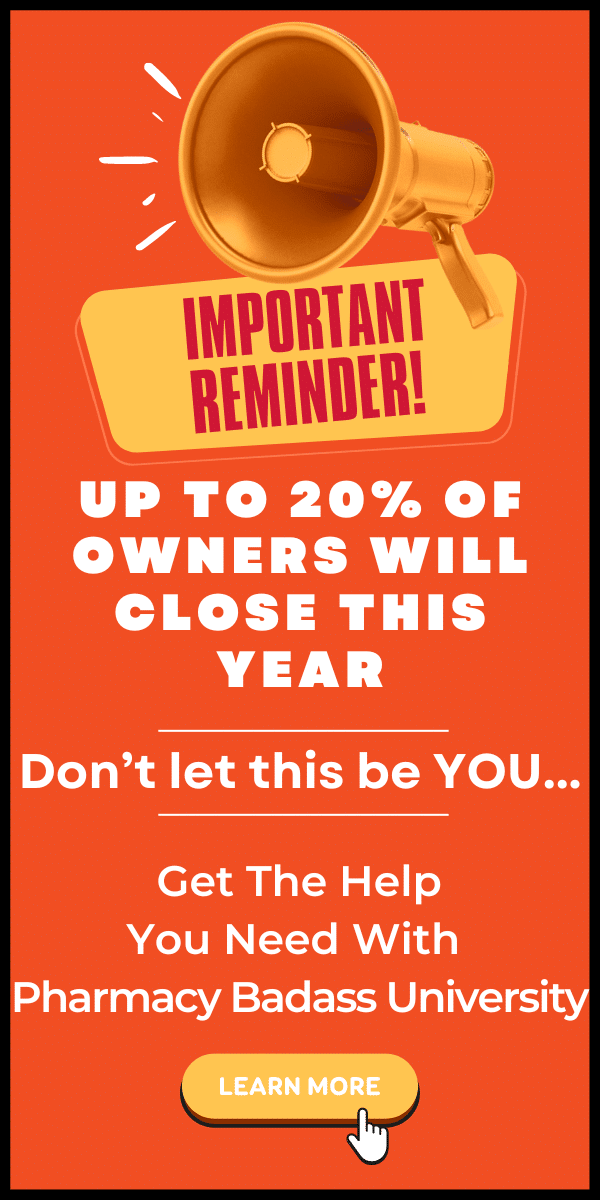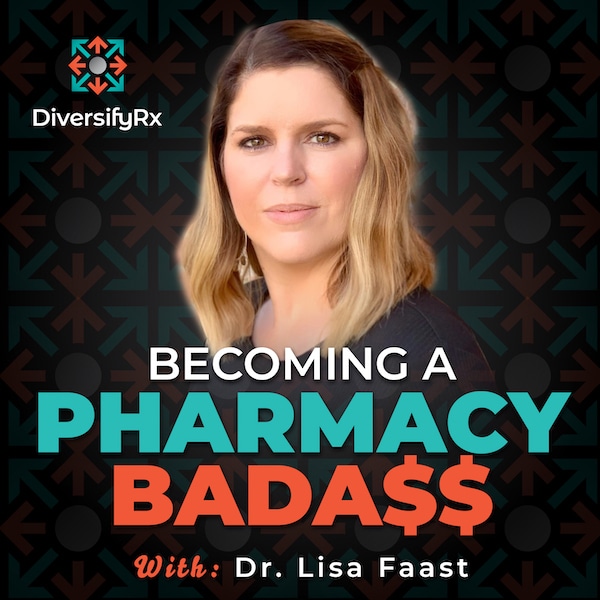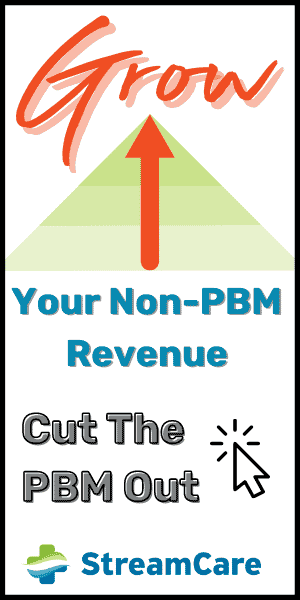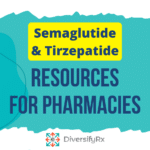If increasing pharmacy profit is a goal, you need a lower COGS.
What Is Cost Of Goods Sold (COGS)?
The cost of goods sold (COGS) is the cost of an item or service that you sell. For pharmacies, it is critical to point out the COGS is NOT COGB (cost of goods bought). Because pharmacies tend to purchase prescription products in bulk containers, this point of distinction is important. When you dispense 30 pills of lisinopril, your COGS is only for the 30 pills, not the full 500 count bottle that is on your shelf. Focusing on a lower COGS will improve the overall profit of your pharmacy.
COGS represents expenses directly incurred when a transaction takes place. The price of a medication doesn’t count towards COGS until you have “sold” it. In our case, as pharmacy owners, until you dispense it.
COGS don’t include operational expenses like rent, salaries, electricity, or overhead.
Calculating Your COGS
The easiest way is to print a report from your pharmacy management system. You can see what your COGS are for today, last week, last month, or last year with a few keystrokes. Now, there is one requirement to access the easy method here. Your system must have accurate cost loaded. The prices from your primary wholesaler are probably automatically uploaded nightly. However, your purchases from secondary or tertiary wholesalers often need to be manually input into the PMS. It is best to update these costs with each order from the other wholesalers.
The less fun way to get your COGS is to do the math. Here is the equation: COGS = BEGINNING INVENTORY + PURCHASES IN THAT PERIOD – ENDING INVENTORY. You need to know what your inventory is to complete the math here. This need is why CPAs require a physical inventory count at least once a year is so they can finish this equation.
Why A Lower COGS Is Important
GROSS PROFIT = REVENUE – COGS. Your COGS directly impacts your gross profit and, ultimately, your net profit. A dollar saved is truly a dollar earned. Since pharmacy owners often cannot control the amount we are paid for our products (thank you, PBMs), the only way to squeeze more profit from the above equation is to lower your COGS.
Lowering Your Cost Of Goods Sold
Why Primary Vendor Agreements (PVAs) Need To Die
PVAs are the typical way that most pharmacies contract with their primary wholesaler. While several wholesalers can be the primary for independent pharmacies, most contract with one of the “Big 3”; Amerisource, Cardinal, McKesson. There is so much smoke and mirrors when it comes to PVAs that you genuinely don’t know what you are paying for any given product at any given point.
Here is how PVAs work.
You agree to purchase close to 100% of all products through your primary. For this purchase agreement, in return, you can earn back rebates on products. Some rebates come monthly, others quarterly, and still others annually. So if you buy a product today and dispense it tomorrow, you really don’t know what you are paying for that product at the point of dispensing. Because the amount of your rebate is determined by complicated equations and over many months, this lack of transparency leads to poor decisions on which prescriptions you will dispense. Pharmacy owners have to guess which rebates they will get and decide whether to dispense something without knowing its actual cost.
Here’s a summary of what pharmacy owners think their benefits are with a PVA:
- Rebates that lower their COGS to reward for higher volume
- Discounts on brand name medication below warehouse acquisition cost (WAC)
Here is a summary of what pharmacy owners actually get with a PVA
- Massive overpaying for generics (much more than the highest rebate levels)
- Falsely lowered brand prices that are funded with overpaid generic dollars
- Drain on cash flow
- Loss of control over profits and cash flow
As you may have guessed, I am no fan of PVAs, and I think there is a better way to purchase for your pharmacy that will lower COGS and significantly improve your cash flow.
Companies To Help You Lower COGS
Some of these companies can replace your PVA, while others are a great way to buy amazing deals on a few products. Creating an account is free and easy, and they are all eager to help pharmacies thrive.
MedShorts
MedShorts is an e-commerce platform that allows pharmaceutical manufacturers to list short-dated and overstock. Manufacturers offer these products directly to pharmacies at significant savings. MedShorts has relationships with many manufacturers and lists many injectable products. They are proud to have been recently recognized in a published case study by the American Society of Health-System Pharmacists, ASHP.
RxRise
RxRise focuses on overstocked items directly from manufacturers specializing in oral dosage forms. You will find many commonly dispensed products here, and it is first-come, first-served. Similar to shopping at an outlet retailer shop, deals you see today may be gone tomorrow. They are aggressively adding pharmacies, manufacturers, and products, so check their site often. One of the first pharmacies I recommended saved over $2,000 on their first order.
RxCherryPick
RxCherryPick strives to be a complete replacement for your primary wholesaler. Not only will you get transparent net pricing on all purchases your cash flow will get a heavy dose of growth hormone (ok lame pharmacy joke!). Most pharmacies experience an extra $1,000 in cash flow per average daily script filled within a few months of switching to RxCherryPick. So if your pharmacy does an average of 200 Rxs a day, you will have about $200,000 of extra cash in your bank account in a few months.
This influx of cash flow comes from not overpaying for your products and then having to wait on a rebate. Everything through RxCherryPick is net pricing, no rebates. You pay the lowest price upfront. Yay! You can contact Craig via email by clicking HERE.
Real Value Products (RVP)
RVP is what I would consider a secondary wholesaler. They don’t carry a complete line of brands or controlled medications, but they have generics, niche products, and some controls. I find them to be very competitive on their prices and, of course, no rebates. They have generous credit terms as well. RVP is also my go-to place for profitable products like Solubiomix’s line.
Independent Pharmacy Distributor (IPD)
IPD is another secondary wholesaler. They carry thousands of SKUs and are my go-to place for profitable diabetic supplies. A pharmacy owner owns IPD and therefore is very pro-independent pharmacy.
TRxADE
TRxADE is a pharmacy marketplace where many wholesalers and manufacturers list their products for sale. You can find just about everything there. I love their emails that help you find great deals and profitable products.
The Best Traditional Option
If leaving a primary is too bold for you, then at least pick a buying group that will fight for you and brings in additional concrete value to your pharmacy. My preferred buying group is United Pharmacy Network (UPN). They have several options for wholesalers and have amazing programs to drive additional profit to your pharmacy. Here are two videos about UPN, 1 and 2.
Check out the recent article
For daily tips on pharmacy ownership, join our private Facebook group. We are always ready to help improve the profitability of your pharmacy.

